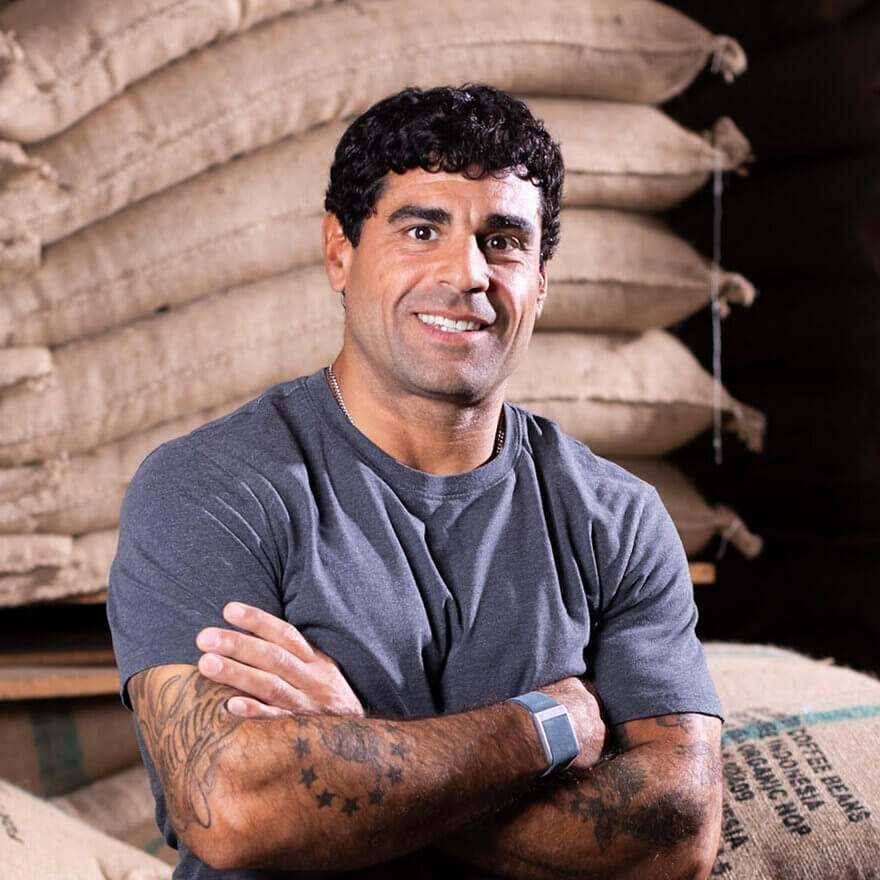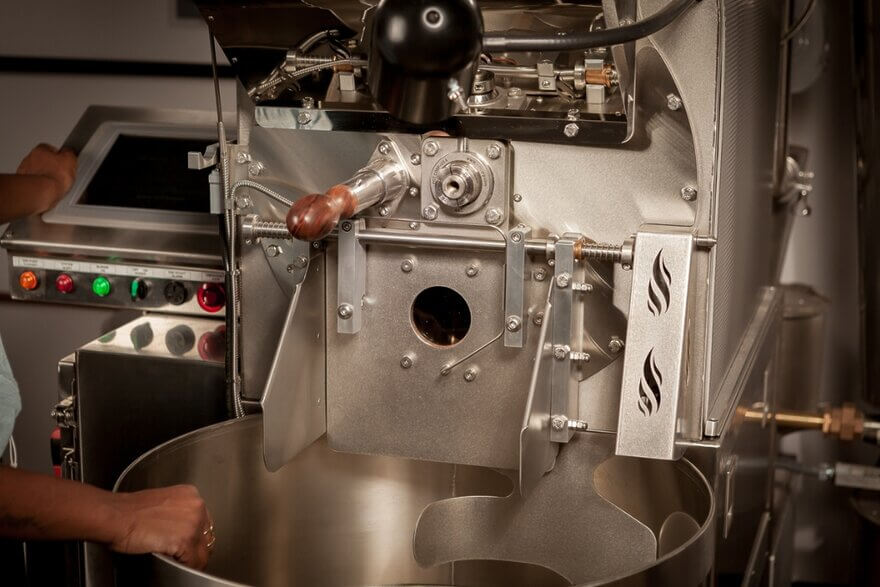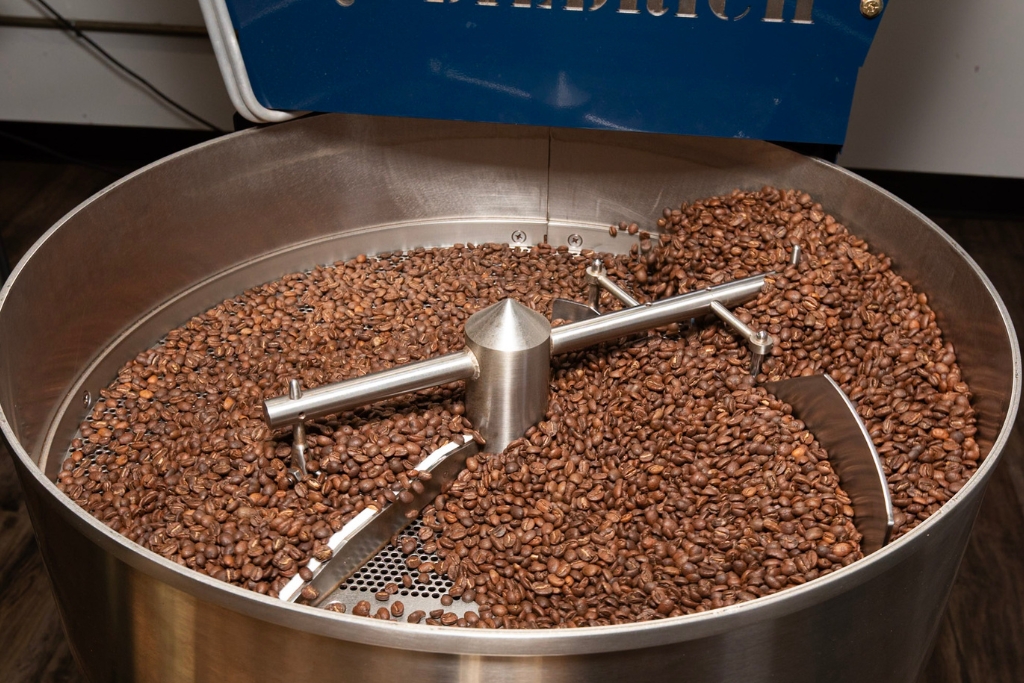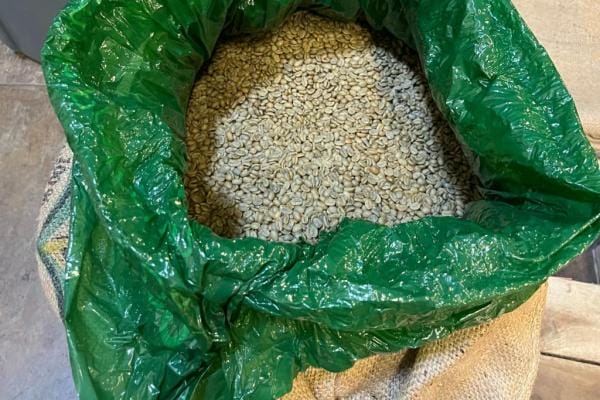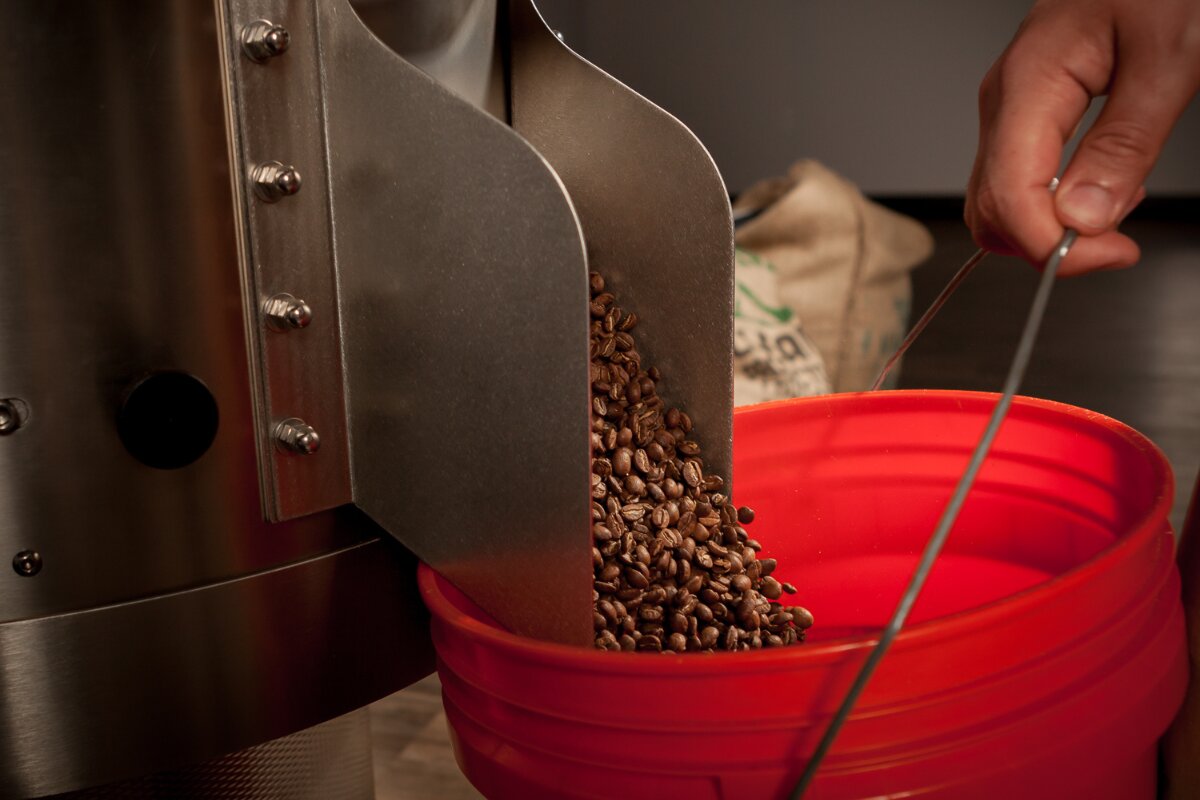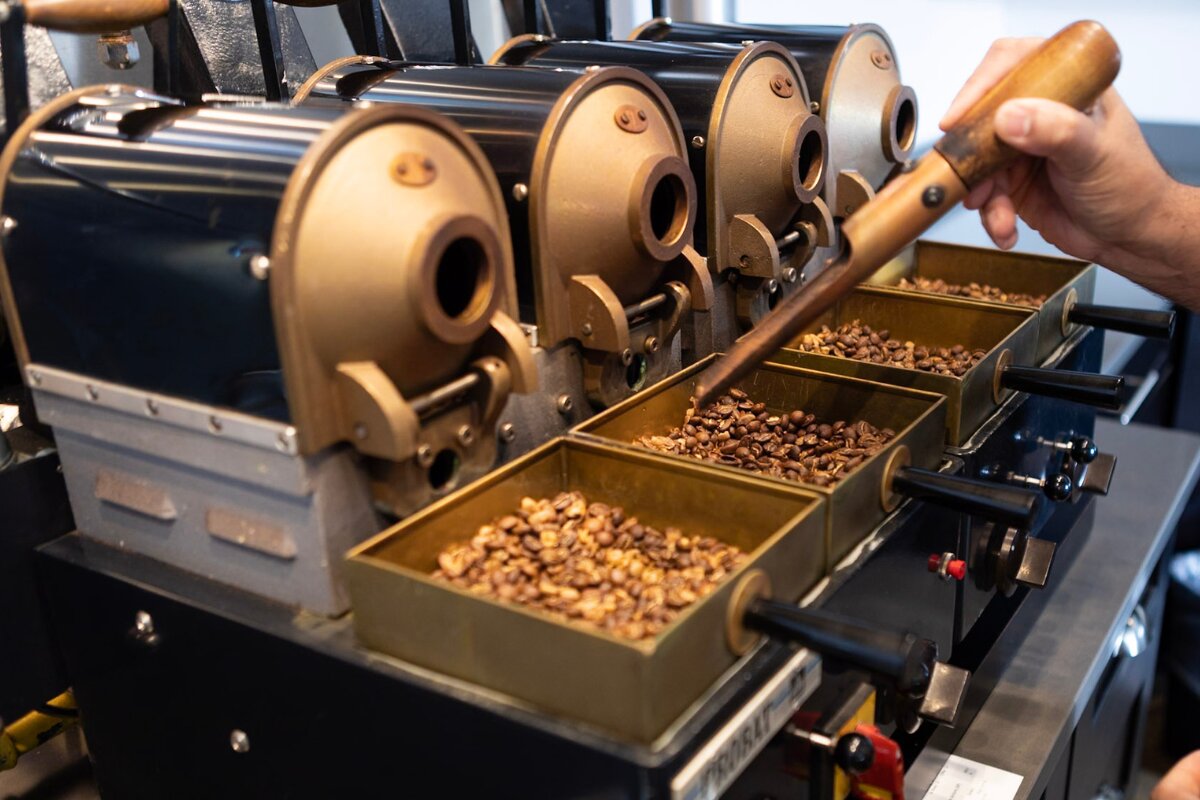As your business grows and volume increases, you need more support in your roastery. This may require hiring additional people for roasting, packaging, and delivery. Adding employees to your team requires training, especially if you are teaching someone to roast your coffees! Mike Romagnino breaks down best practices for training a coffee roaster apprentice.
Coffee Roaster Apprentice Training 101
Before an apprentice can begin roasting, they must build a strong foundation in the core operations of your roastery. These training elements are essential for your new coffee roaster to develop the knowledge required for successful roasting.
Roasting Philosophy and Vision
Every roastery has its own approach to sourcing, roasting, and flavor profiling. A coffee roaster apprentice must understand your company’s roasting philosophy and vision. They need to know:
1. What makes your coffees distinct
2. Your values in sourcing and profiling
Roastery Management
Keeping the roastery organized will help maintain efficient workflow. While it may be instinctual to you, each roastery is different. Your apprentice needs to learn the unique ways that your roastery operates, including:
1. Receiving green coffee deliveries
2. Putting away and organizing green coffee
3. General cleaning and machine upkeep
Learning the Coffee Menu
A new coffee roaster needs to learn the single origins and blends that are featured on your menu. It’s important that they understand the components that make up blend recipes as well as the correct percentages to construct them.
Single Origins: Teach them the unique characteristics from different coffee-growing regions.
Blends: Help them understand and prepare component ratios correctly.
Supporting the Roasting Team
Before roasting independently, an apprentice should begin by assisting the roasting team with various tasks, such as:
1. Prepping blend recipes and measuring accurately
2. Organizing green coffee to ensure seamless production flow
Receiving & Inspecting Green Coffee
Handling and storing green coffee properly is essential for maintaining freshness. Training a new coffee roaster should include:
1. How to receive, document, and store green coffee deliveries
2. Understanding the importance of inventory management and rotation
When they work with green coffee, they need to develop the skills to identify defects and origins. For example:
1. Learning to distinguish between origins, such as Ethiopia and Sumatra
2. Spotting defects or inconsistencies in green coffee
Preventative Maintenance
Maintaining and cleaning roasting equipment is an integral part of the apprenticeship. This involves:
1. Following startup and shutdown protocols
2. Understanding opening and closing duties
They also need to perform regular maintenance by:
1. Cleaning cooling trays, chaff collectors, and workstations
2. Inspecting and deep cleaning the roaster components
3. Checking for wear and tear and performing necessary tune-ups
For tips on roaster maintenance, check out our guide on how to clean & maintain your coffee roaster.
Fire Safety
It is essential that your roaster apprentice training includes preparation for managing potential hazards, such as:
Chaff Fires: Ensure they understand how to prevent and extinguish fires caused by coffee chaff buildup.
Drum and Tubing Fires: Apprentices need to learn how to recognize warning signs and take preventative measures.
Roasting Execution & Growth
Once the foundational skills have been solidified, your apprentice can begin hands-on roasting under the guidance of an experienced coffee roaster. Time and practice will grow an apprentice’s confidence and lead them to roast more independently.
Shadowing and Machine Familiarity
Shadowing an experienced coffee roaster is the best way to introduce an apprentice to a machine. I prefer to track metrics with a handwritten chart before involving any kind of roasting software. This will keep the apprentice engaged with the workings of a roaster instead of staring at a computer screen. Ensure they:
1. Can roast coffee without relying on software
2. Understand how different coffees react in the drum and adjusting profiles accordingly
3. Learn ways to approach roasting coffees from various origins
4. Become comfortable with operating the roasting machine independently
Sensory Development and Cupping
Cupping is essential in evaluating coffee quality. An apprentice should cup menu coffees daily as well as cup their roasts with an experienced roaster to receive feedback. They’ll learn how to refine roasts and appreciate the bean-to-cup process through:
1. Setting up and breaking down a cupping session
2. Identifying flavor profiles and developing sensory skills
3. Understanding and learning the flavor profiles of the coffees on your menu
4. Developing a sensory vocabulary to describe what they’re tasting
5. Learning how to dial in a roast profile using feedback from the cupping table
Training Timeline
Training a roaster apprentice takes time and dedication. A general timeframe includes:
1–1.5 Years: In order for a new roaster to experience every coffee on your menu and refine their roasting techniques, you have to commit to a long-term investment.
Appreciating a New Coffee Roaster
Training a roaster apprentice is a rewarding process that ensures the continued excellence of a roastery. With dedication, patience, and hands-on learning, an apprentice can develop the skills necessary to become a successful roaster.
Want to provide your roaster apprentice with even more support? Send them to the RNY Lab! Our SCA Roasting Foundation classes are perfect to help those looking to jumpstart their careers in coffee roasting. If you think they’re ready to take it to the next level, have them try out SCA Roasting Intermediate!



